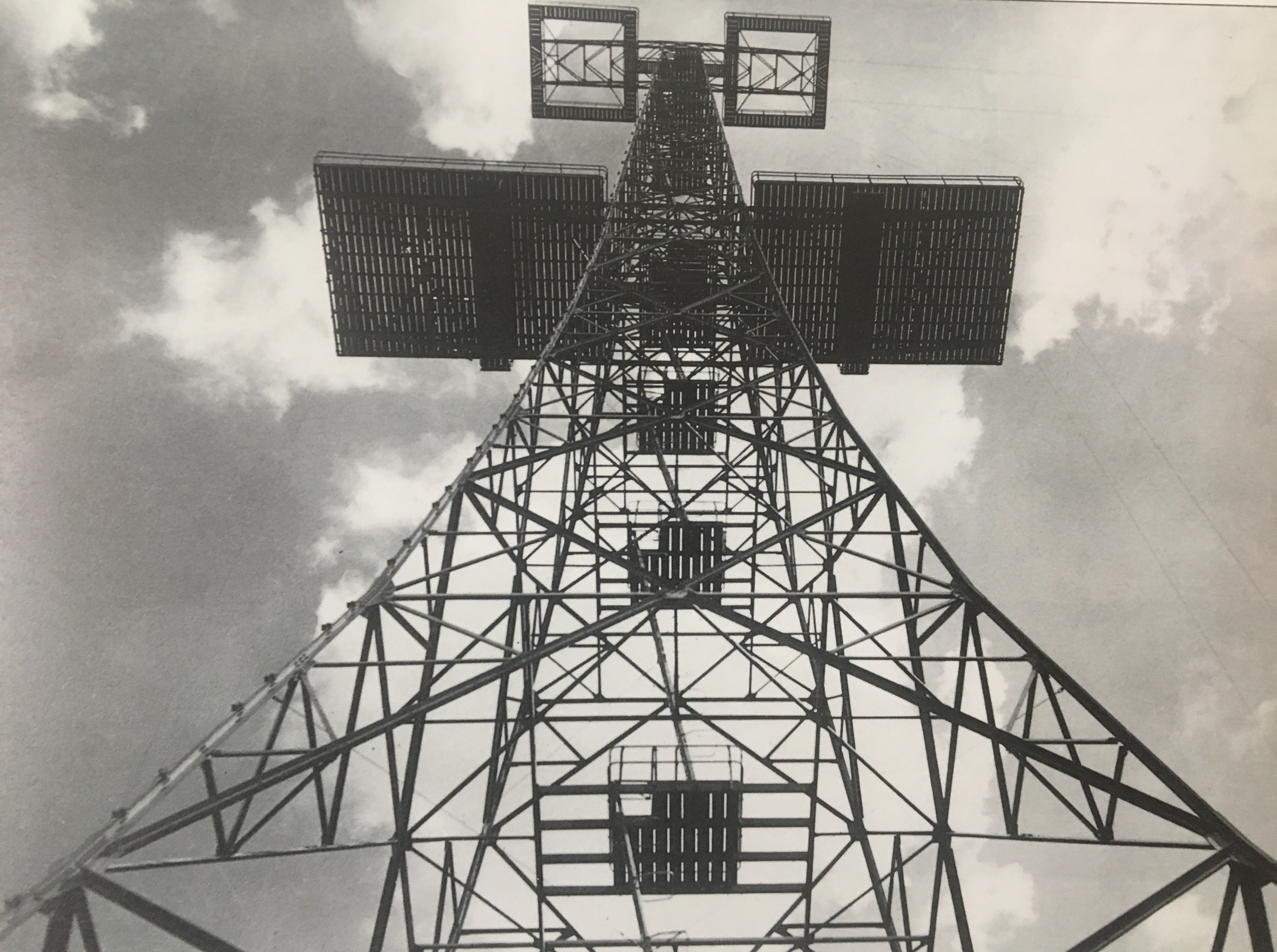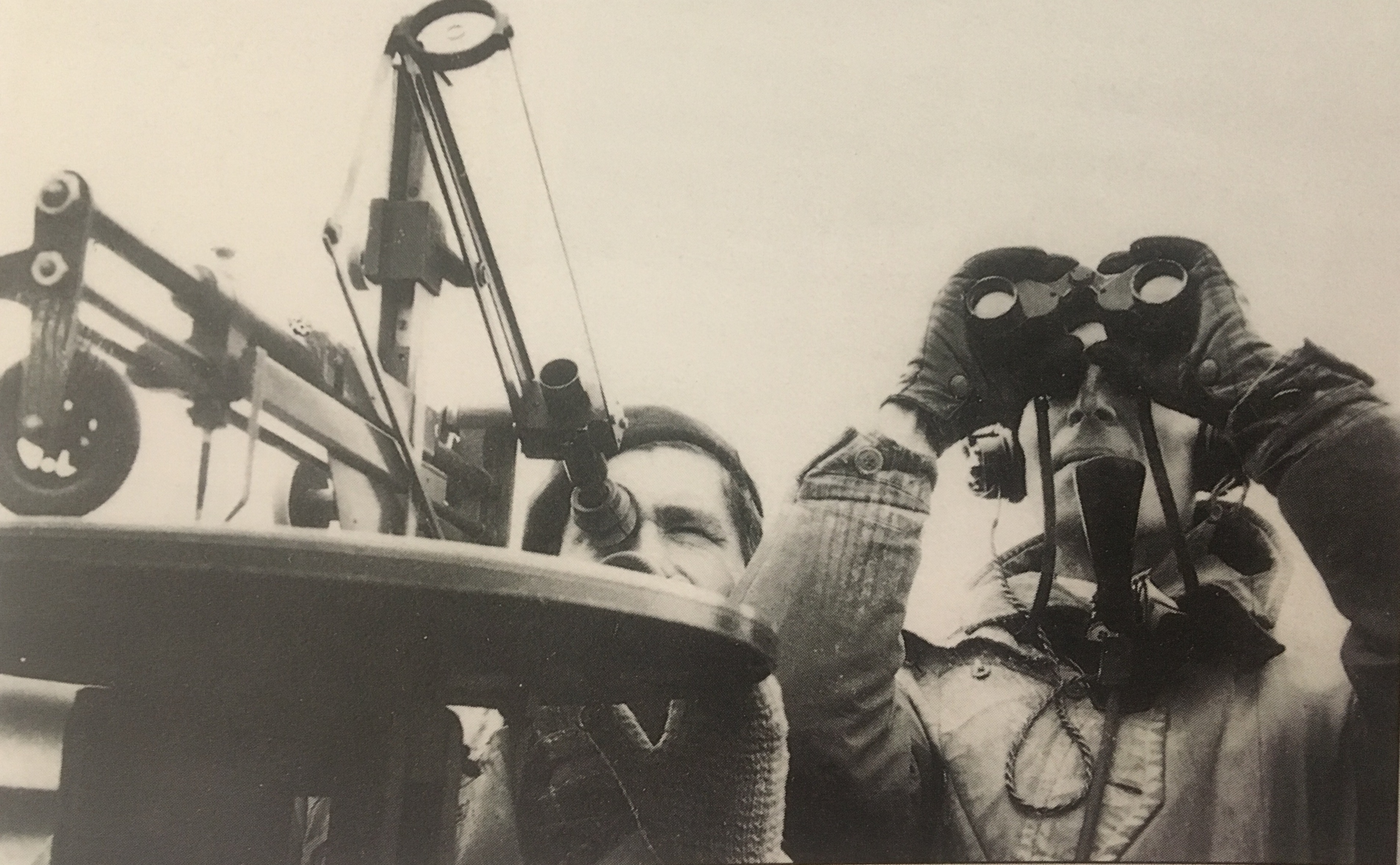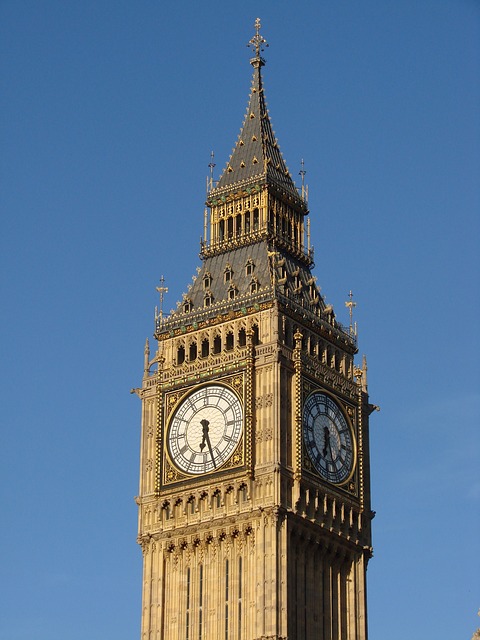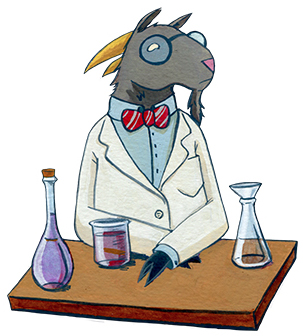Impact of the RAF on the Battle of Britain
From Londonhua WIKI
Impact of the RAF on World War II
 Caption |
It is advised that you click Actions>Edit for this document, and copy the entire contents. Then, create a new page on this site using the title of your project as the page name. Past the copied contents from this template page into your newly created page. Then, rename the "Title of this Milestone" in the top-level heading and infobox above to the name of your project or something appropriate related to your milestone. Change the User "credit" name to link to your profile page. Upload an image of your own that captures the essence of this milestone, then replace the "ProjectPicture.jpg" above with the new image name. Replace "Your Project Page Picture Caption" above with your first and last name. Delete this whole paragraph beneath the Project Title and credit up til but not including the Table of Contents tag __TOC__.
Contents
Abstract
The paragraph should give a three to five sentence abstract about your entire London HUA experience including 1) a summary of the aims of your project, 2) your prior experience with humanities and arts courses and disciplines, and 3) your major takeaways from the experience. This can and should be very similar to the paragraph you use to summarize this milestone on your Profile Page. It should contain your main Objective, so be sure to clearly state a one-sentence statement that summarizes your main objective for this milestone such as "a comparison of the text of Medieval English choral music to that of the Baroque" or it may be a question such as "to what extent did religion influence Christopher Wren's sense of design?"
Introduction
I suggest you save this section for last. Describe the essence of this project. Cover what the project is and who cares in the first two sentences. Then cover what others have done like it, how your project is different. Discuss the extent to which your strategy for completing this project was new to you, or an extension of previous HUA experiences.
As you continue to think about your project milestones, reread the "Goals" narrative on defining project milestones from the HU2900 syllabus. Remember: the idea is to have equip your milestone with a really solid background and then some sort of "thing that you do". You'll need to add in some narrative to describe why you did the "thing that you did", which you'd probably want to do anyway. You can make it easy for your advisors to give you a high grade by ensuring that your project milestone work reflects careful, considerate, and comprehensive thought and effort in terms of your background review, and insightful, cumulative, and methodical approaches toward the creative components of your project milestone deliverables.
Section 1: Background
Now you're on your own! Your milestone must include a thorough and detailed background section with detailed subsections; if additional articles are required to be referenced in this background section, create those as well and link to them (the creation of all pages is tracked by the wiki site and attributed to your username). Remember to use rich multimedia whenever possible. Consult the Help page as needed! Remember, if you don't see an article on this site that is an integral part of your project, create it! Your entire page-creating/page-editing history factors into your overall grade.
Aircraft Production Ramp up
...use as many subsections or main sections as you need to support the claims for why you did what you did for your Deliverable section...
Blenheim
Defiant
Hurricane

...and so on and so forth...
Spitfire
Fighter Command
The Fighter Command's Commander-in-Chief during the lead up to and during the Battle of Britain was Sir Hugh Dowding.[2] The role of Fighter Command was to repel any attack on Britain from the Luftwaffe, German Air Force. To best complete this mission Dowding had a plan to divide his resources across England. The No. 11 group which covered the south-east of the country was supplied with 12 Hurricane, 6 Spitfire, and 4 Blenheim squadrons. The No. 12 group which covers the East Anglia was supplied with 5 Hurricane, 5 Spitfire, 2 Blenheim, and 1 Defiant squadrons. The No. 13 group in the north was supplied with 3 Hurricane, 6 Spitfire, 1 Blenheim, and 1 Defiant squadrons. The No. 10 covering the west included 2 Hurricane, and 2 Spitfire squadrons. Many people felt that Dowding should have concentrated all of his best fighters in the No. 11 group as that was the most likely to encounter fighter opposition. Downding knew that the Battle of Britain would be a war of attrition and to keep a mix of fighter in less dangerous areas as a reserve would be important to the upcoming battle.[3] The Fighter Command had plenty of aircraft to go around with production ramping up, but pilots were much harder to replace. At the beginning of the Battle of Britain many squadrons were over-manned but as it dragged on training new pilots became a problem. As training took 6 months there were not enough pilots to have Fighter Command at full strength so the training courses were reduced to 4 weeks with the squadrons left to finish the pilot's training, sometimes with disastrous consequences.[4] Dowding was not the most liked leaders in the military and was eventually forced out of his position as the head of Fighter Command on November 17, 1940.[5] At the time no one recognized the importance of his work and how he saved Britain. Most importantly he set up a system of direction and control for his fighters to make the most out of his limited resources. Second, he pushed to limit the support of France in terms of aircraft that were essential to defending Britain in an air attack, which he didn't stop but helped reduce. Third, his careful placement and use of fighter resources to prevent being draw into a major battle and having his forces destroyed. His plan to keep fighters in reserve to reinforce the main No. 11 group was essential to this even though it gained much criticism.[6]
Fighter Command and Control System
Radar Stations

At the time Radar was known as Radio Direction Finding and the system that was in use by the British was simple but effective. The initial deployment was High Frequency radio Direction Finding (HF DF) to find the position of a friendly aircraft when out of sight of the controller. As the technology became refined Fighter Command became experimenting with radar controlled intercepts of unknown targets in 1936.[8] In 1937 the system in use was known as Pip Squeak, this system transmitted a coded DF signal for 14 seconds in every minute to allow the controllers to know the identity of each aircraft. To identify the other aircraft not using the Pip Squeak system they turned to physicist Robert Watson-Watt. This new technology was designated RDF which was rapidly developed, in only a few months the system was up and running being able to detect aircraft out to 58 miles. A string of these radar stations were built on the southern coast in 1936 and became fully operational in 1938.[9] This first chain of 21 stations was called Chain Home and utilized fixed antenna arrays. There was also another set of radar stations called the Chain Home Low stations, of which there were 30, that utilized a rotating antenna for a narrow search beam. These were not as effective as they had less range and could not give altitude information.[10] In addition to these radar advances, an improvement in plane identification was also being worked on. The new system was called IFF, Identification Friend or Foe. The IFF was a small transmitter that gave a distinctive radar blip to allow radar operators to differentiate between friend and foes.[11] When both friendly and enemy planes are spotted on radar that information is then sent to the Filter Room to be assessed.
Observer Corps

The Observer Corps was a volunteer service meant to fill in the gaps of radar. Radar was amazing at looking out to sea but was blind to its back on land. This was the job of the Observer Corps, to track and report the movement of aircraft over land. Volunteers for the Observer Corps used binoculars, telescopes, and makeshift devices to determine the altitude and bearing of enemy aircraft. This technique was trialed in 1925 to outstanding success, after which the program rolled out rapidly to over 100 posts in that year. For the large roll out a map was divided up into 1.2 mile squares which then reported via telephone lines to their respective Group Headquarters. The full scale system across Britain was tested during the 1939 Air Exercises after which the posts were manned unbroken for 6 years until the end of the war.[13]
Filter Room
Group Operations Room
Sector Operations Room
Section 2: Deliverable
In this section, provide your contribution, creative element, assessment, or observation with regard to your background research. This could be a new derivative work based on previous research, or some parallel to other events. In this section, describe the relationship between your background review and your deliverable; make the connection between the two clear.
Subsection 1
...use as many subsections or main sections as you need to support the claims for why what you did related to your Background section...
Subsection 2
...and so on and so forth...
Gallery
Conclusion
In this section, provide a summary or recap of your work, as well as potential areas of further inquiry (for yourself, future students, or other researchers).
References
Add a references section; consult the Help page for details about inserting citations in this page.
Attribution of Work
For milestones completed collaboratively, add a section here detailing the division of labor and work completed as part of this milestone. All collaborators may link to this single milestone article instead of creating duplicate pages. This section is not necessary for milestones completed by a single individual.
External Links
If appropriate, add an external links section
Image Gallery
If appropriate, add an image gallery
- ↑ Lake, J. (2000). The Battle of Britain. Silverdale Books. pp 89.
- ↑ Lake, J. (2000). The Battle of Britain. Silverdale Books. pp 83.
- ↑ Lake, J. (2000). The Battle of Britain. Silverdale Books. pp 90.
- ↑ Lake, J. (2000). The Battle of Britain. Silverdale Books. pp 91.
- ↑ Lake, J. (2000). The Battle of Britain. Silverdale Books. pp 99.
- ↑ Lake, J. (2000). The Battle of Britain. Silverdale Books. pp 93-97.
- ↑ Lake, J. (2000). The Battle of Britain. Silverdale Books. pp 97.
- ↑ Lake, J. (2000). The Battle of Britain. Silverdale Books. pp 100.
- ↑ Lake, J. (2000). The Battle of Britain. Silverdale Books. pp 103-104.
- ↑ Lake, J. (2000). The Battle of Britain. Silverdale Books. pp 104.
- ↑ Lake, J. (2000). The Battle of Britain. Silverdale Books. pp 104.
- ↑ Lake, J. (2000). The Battle of Britain. Silverdale Books. pp 1112.
- ↑ Lake, J. (2000). The Battle of Britain. Silverdale Books. pp 109-111.


